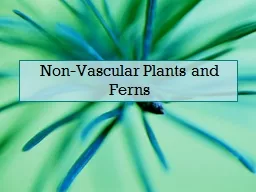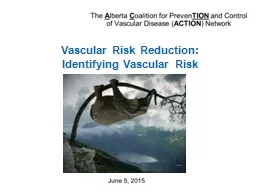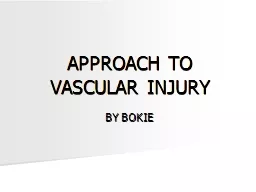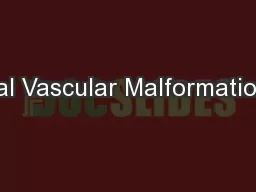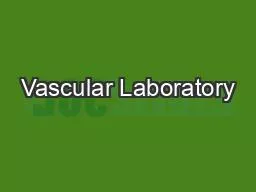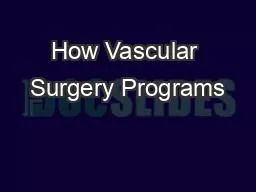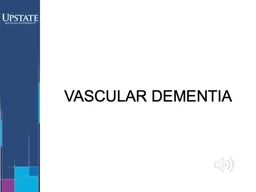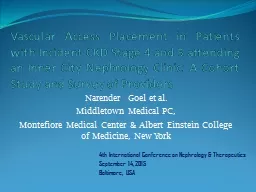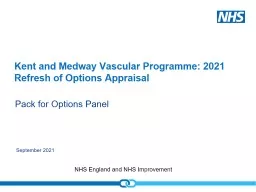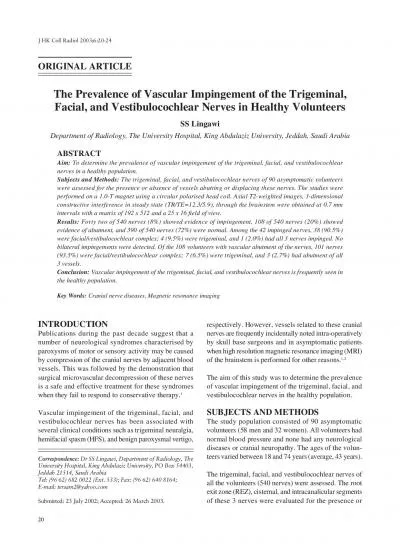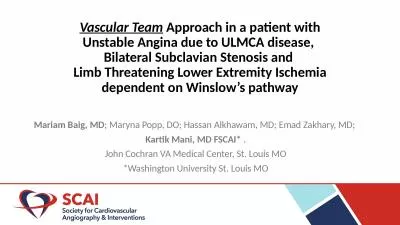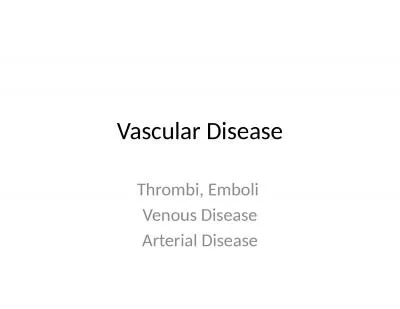PPT-Vascular Disease Chris Oldfield
Author : hailey | Published Date : 2022-05-14
co3917icacuk Menticom 3959 1526 Disclaimer MedED does not represent the ICSM Faculty or Student Union This lecture series has been designed and produced by students
Presentation Embed Code
Download Presentation
Download Presentation The PPT/PDF document "Vascular Disease Chris Oldfield" is the property of its rightful owner. Permission is granted to download and print the materials on this website for personal, non-commercial use only, and to display it on your personal computer provided you do not modify the materials and that you retain all copyright notices contained in the materials. By downloading content from our website, you accept the terms of this agreement.
Vascular Disease Chris Oldfield: Transcript
Download Rules Of Document
"Vascular Disease Chris Oldfield"The content belongs to its owner. You may download and print it for personal use, without modification, and keep all copyright notices. By downloading, you agree to these terms.
Related Documents


